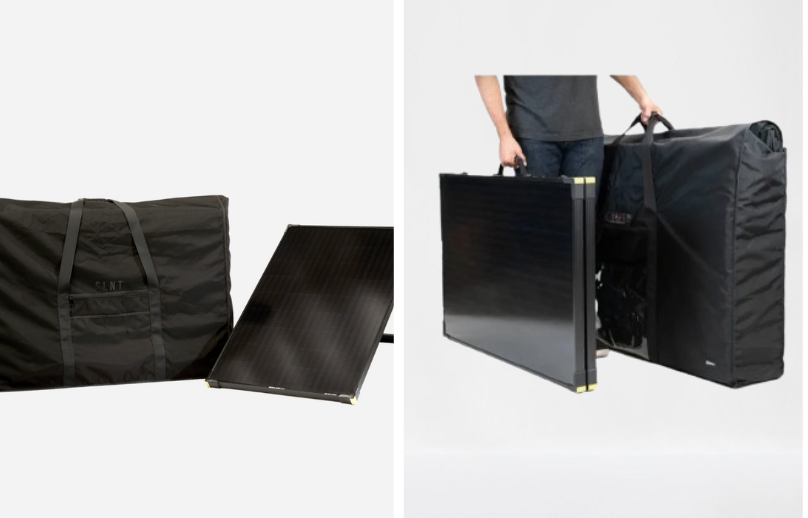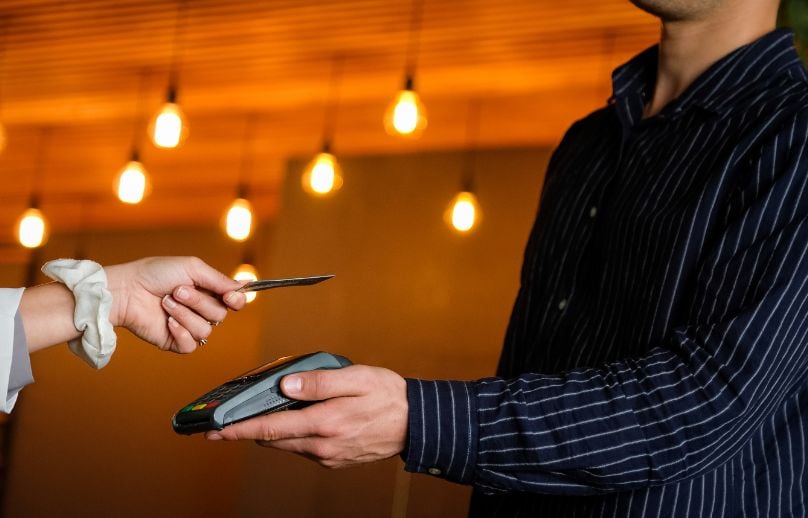As someone who’s spent years testing and evaluating electromagnetic protection solutions, I’ve heard just about every misconception you can imagine about Faraday protection.
Let me tell you, there’s a lot of confusion out there! Today, I’m going to break down the biggest misunderstandings I’ve encountered and share what really matters when it comes to protecting your devices.

- Understanding the Science Behind Faraday Protection
- 7 Common Misconceptions About Faraday Protection
- 1. "Aluminum Foil Works Just as Well as Professional Solutions"
- 2. "One Size Fits All Frequencies"
- 3. "It's Only for Government Agencies and Corporations"
- 4. "If It Blocks Phone Signals, It Must Be Working Perfectly"
- 5. "Set It and Forget It"
- 6. "Protection Only Works One Way"
- 7. "More Layers Always Means Better Protection"
- Real-World Testing and Verification
- Making the Right Choice
- Looking Ahead: The Future of Faraday Protection
- The Bottom Line
Understanding the Science Behind Faraday Protection
Before we dive into the misconceptions, let’s quickly understand what we’re dealing with. Named after Michael Faraday’s groundbreaking work in electromagnetic fields, Faraday protection creates what we call an “electromagnetic shield” around your devices. Think of it like an umbrella for invisible waves instead of rain.
7 Common Misconceptions About Faraday Protection
In my years of testing Faraday protection solutions, I’ve encountered these misconceptions over and over. Some are harmless, but others could leave you with a false sense of security about your devices’ protection.
Let’s tackle the most persistent myths I’ve encountered, starting with one of the most dangerous assumptions.
1. “Aluminum Foil Works Just as Well as Professional Solutions”
I can’t tell you how many times I’ve heard this one! While aluminum foil does have some shielding properties, it’s nowhere near as effective as properly engineered Faraday protection. Here’s why:
- Professional solutions use specialized materials with precise mesh patterns
- Multiple layers provide comprehensive protection
- Proper sealing mechanisms prevent signal leakage
- Durability ensures consistent protection over time
2. “One Size Fits All Frequencies”
This is a dangerous assumption I see people make all the time. Different electromagnetic frequencies require different types of protection. For example:
- Cell phone signals operate at different frequencies than GPS
- WiFi uses yet another frequency range
- RFID operates at its own unique frequency
- 5G networks introduce new challenges entirely
That’s why professional-grade protection is tested across multiple frequency ranges.
3. “It’s Only for Government Agencies and Corporations”
Let me share something interesting: while I was researching this topic, I discovered that everyday people are actually the largest growing segment of Faraday protection users. Here’s who’s using it:
- Privacy-conscious individuals protecting personal data
- Car owners preventing relay theft
- Travelers securing their devices abroad
- Preppers planning for EMP events
- Regular folks wanting digital detox options
4. “If It Blocks Phone Signals, It Must Be Working Perfectly”
Here’s a reality check I often have to give people: losing phone signal doesn’t mean complete protection. Think of it like this – just because your umbrella keeps your head dry doesn’t mean your feet aren’t getting wet. Complete protection requires:
- Multiple frequency testing
- Regular effectiveness checks
- Proper closure techniques
- Understanding of specific threat profiles
5. “Set It and Forget It”
Through years of testing, I’ve learned that Faraday protection isn’t a one-and-done solution. It requires:
- Regular inspection for wear and tear
- Closure mechanism maintenance
- Periodic testing of effectiveness
- Understanding of changing threat landscapes
The key is to think of Faraday protection as part of your broader security strategy, not a standalone solution. Just like you wouldn’t rely solely on a password for your online security, you shouldn’t depend entirely on a Faraday bag for your device protection.
6. “Protection Only Works One Way”
Here’s something many people don’t realize: proper Faraday protection works bidirectionally. It’s not just about blocking incoming signals – it’s equally important to prevent your device from broadcasting outward. This is crucial because:
- Prevents location tracking attempts
- Stops unauthorized data transmission
- Blocks all wireless communication channels
- Ensures complete isolation when needed
7. “More Layers Always Means Better Protection”
This is a tricky one. While multiple layers can improve protection, it’s not as simple as “more equals better.” What really matters is:
- Quality of materials
- Design of the shielding
- Proper sealing
- Testing and certification
Real-World Testing and Verification
Want to know if your Faraday protection actually works? Here’s my tried-and-true testing method:
First Level Test:
- Place a phone inside
- Try calling it
- Check for notifications
- Attempt GPS tracking
Advanced Verification:
- Use an RF meter
- Test multiple frequencies
- Check all closure points
- Verify against specifications
Making the Right Choice
After all my research and testing, here’s what I’ve found really matters when choosing Faraday protection (explore protection options for all devices):
Know Your Needs:
- What devices are you protecting? (From small electronics to solar panels)
- What threats are you concerned about?
- How often will you access protected items?
- What’s your environment like? (Consider Faraday backpacks for everyday carry or duffel bags for larger equipment)
Verify Specifications:
- Check frequency ranges
- Look for testing certifications
- Understand limitations
- Read independent reviews
Looking Ahead: The Future of Faraday Protection
As wireless technologies evolve, so do protection needs. We’re seeing exciting developments in:
- New material science applications
- Smart testing capabilities
- Enhanced sealing technologies
- Broader spectrum protection
The Bottom Line
After years in this field, here’s what I want you to remember: effective Faraday protection isn’t about believing in myths or following crowd wisdom. It’s about understanding your specific needs, choosing the right solution, and maintaining it properly.
The goal isn’t just to block signals – it’s to provide reliable, consistent protection for your devices when you need it. Whether you’re concerned about privacy, security, or preparedness, understanding these truths about Faraday protection will help you make better decisions about protecting your devices.
Remember, in the world of electromagnetic protection, knowledge truly is power – or in this case, protection against power!




